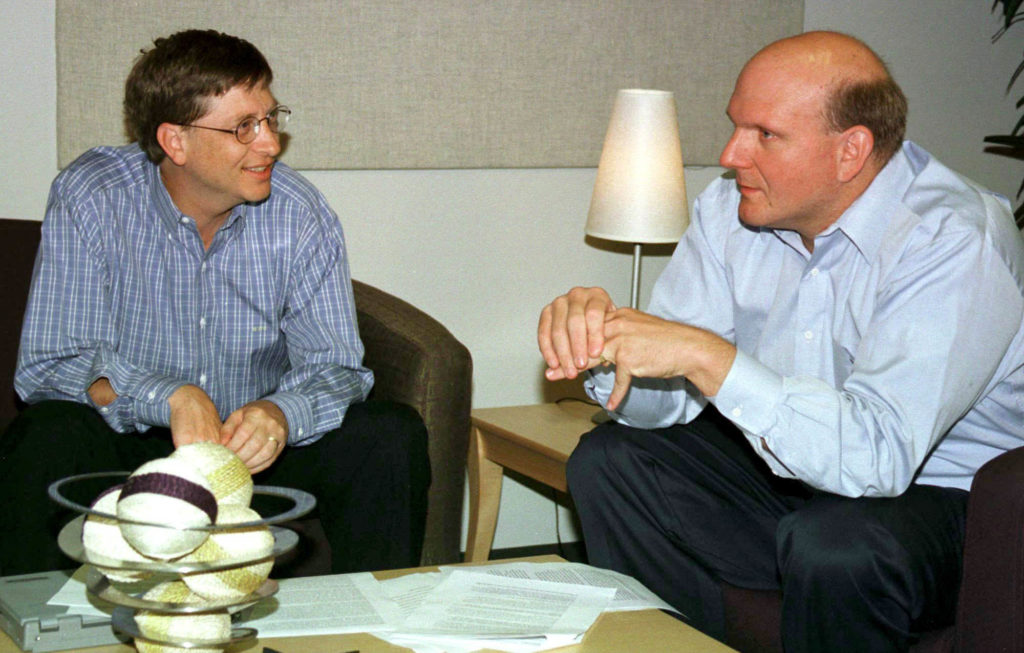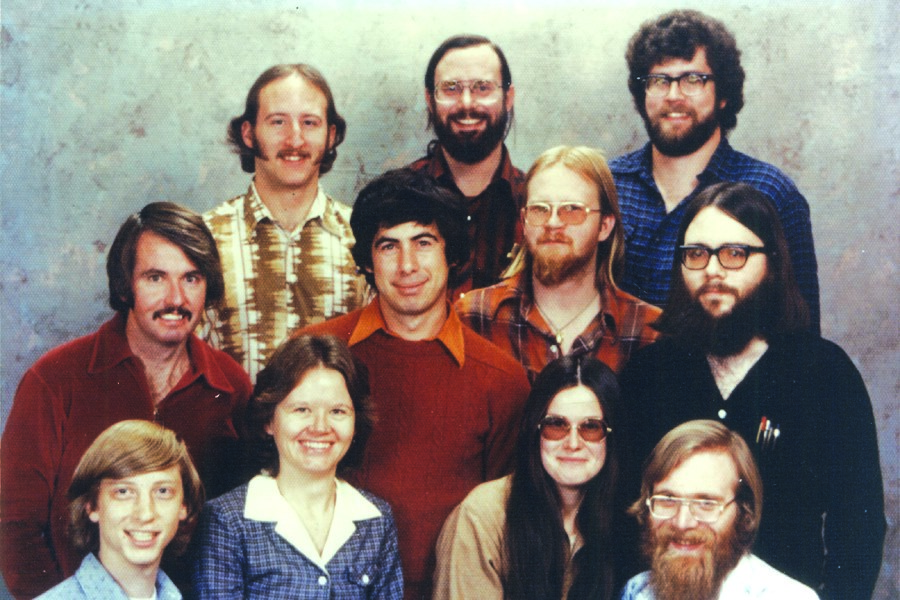The Birth of a Tech Giant
On April 4, 1975, childhood friends Paul Allen and Bill Gates founded what would become one of the world’s leading technology companies. Inspired by the January cover of Popular Electronics magazine, they created Microsoft (then Micro-Soft) to develop software for the Altair 8800, one of the first personal computers on the market.

Over half a century later, after establishing its operations center in Redmond, Washington, in 1986, Microsoft has diversified its activities from Windows operating systems to cloud computing and the video game industry, now venturing into artificial intelligence (AI). The company has consistently occupied top positions on the Nasdaq stock market, known as one of ‘the magnificent seven’ alongside other major digital players.
Key Milestones in Microsoft’s History
Throughout its five decades, Microsoft has had only three global CEOs: Bill Gates, Steve Ballmer, and Satya Nadella. During this period, the company has acquired and merged with hundreds of companies, including Hotmail, Nokia’s mobile devices division, Skype, GitHub, LinkedIn, and Activision Blizzard.
Early Successes
In 1980, Gates and Allen signed an agreement to provide an operating system for IBM’s first personal computer. After presenting MS-DOS in 1981, Windows was launched in 1985, becoming the most recognized software brand by the end of the decade. The first version of Microsoft Office was released around the same time, which today, under the Microsoft 365 brand, is used by more than 1.5 billion people.

Expansion into New Territories
The 1990s saw Bill Gates envisioning the potential of the World Wide Web, leading to the integration of Microsoft’s products into the network and the creation of Internet Explorer. In 1995, Gates outlined a roadmap for the IT revolution in his book ‘The Road Ahead.’
The arrival of the new century brought a new CEO, Steve Ballmer, who continued Gates’ strategy. Under Ballmer, Microsoft launched the Xbox game console in 2001, entered the cloud computing market with Azure in 2008, and took Office to the cloud with Office 365 in 2011.
The Satya Nadella Era
In 2014, Satya Nadella took over as CEO, accelerating Microsoft’s technology development. He consolidated the cloud business, expanded into video games, and introduced new trends like AI. Under Nadella, Microsoft acquired LinkedIn and GitHub, launched Teams, and invested heavily in OpenAI, the creator of ChatGPT. By 2024, Nadella led Microsoft to a market value of $3 trillion.
“The most relevant learning in these 50 years is to have gone from believing we were a company ‘that knew everything’ to wanting to become a brand that ‘wants to learn everything,'” said Paco Salcedo, head of Microsoft’s Spanish subsidiary.
Adapting to Change
Fernando Maldonado, a Foundry consultant, notes that Microsoft’s ability to adapt to disruptions has been key to its success. The company has successfully transitioned into new areas such as cybersecurity and open-source software. While acknowledging some failures like the Bing search engine, Maldonado praises Microsoft’s solid foundation with Office and its strong bet on AI.
Nadella’s reflection on Microsoft’s anniversary aligns with this analysis: “I’ve found myself reflecting on how Microsoft has remained a consequential company decade after decade… we have seized the opportunity to reinvent ourselves to stay relevant to our customers, our partners and our employees.”
As Microsoft continues to evolve, its journey serves as a testament to the importance of innovation, adaptation, and strategic transformation in the ever-changing technology landscape.


